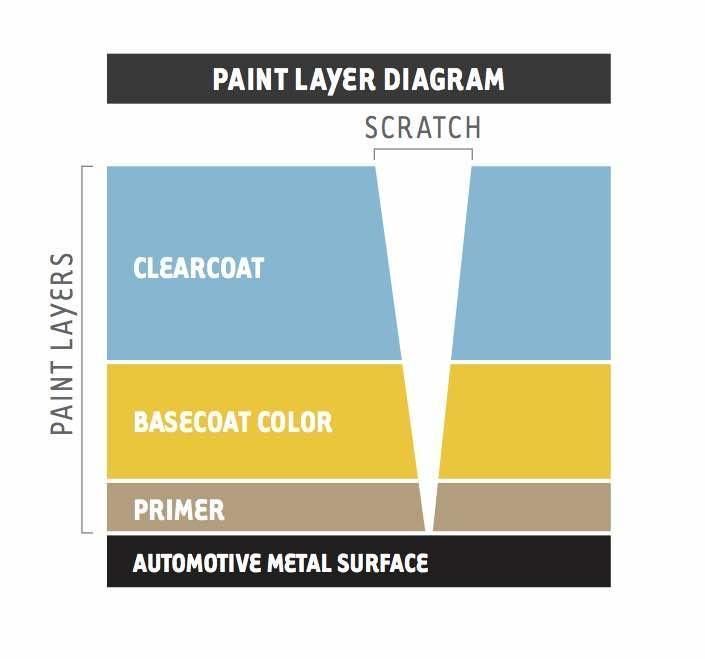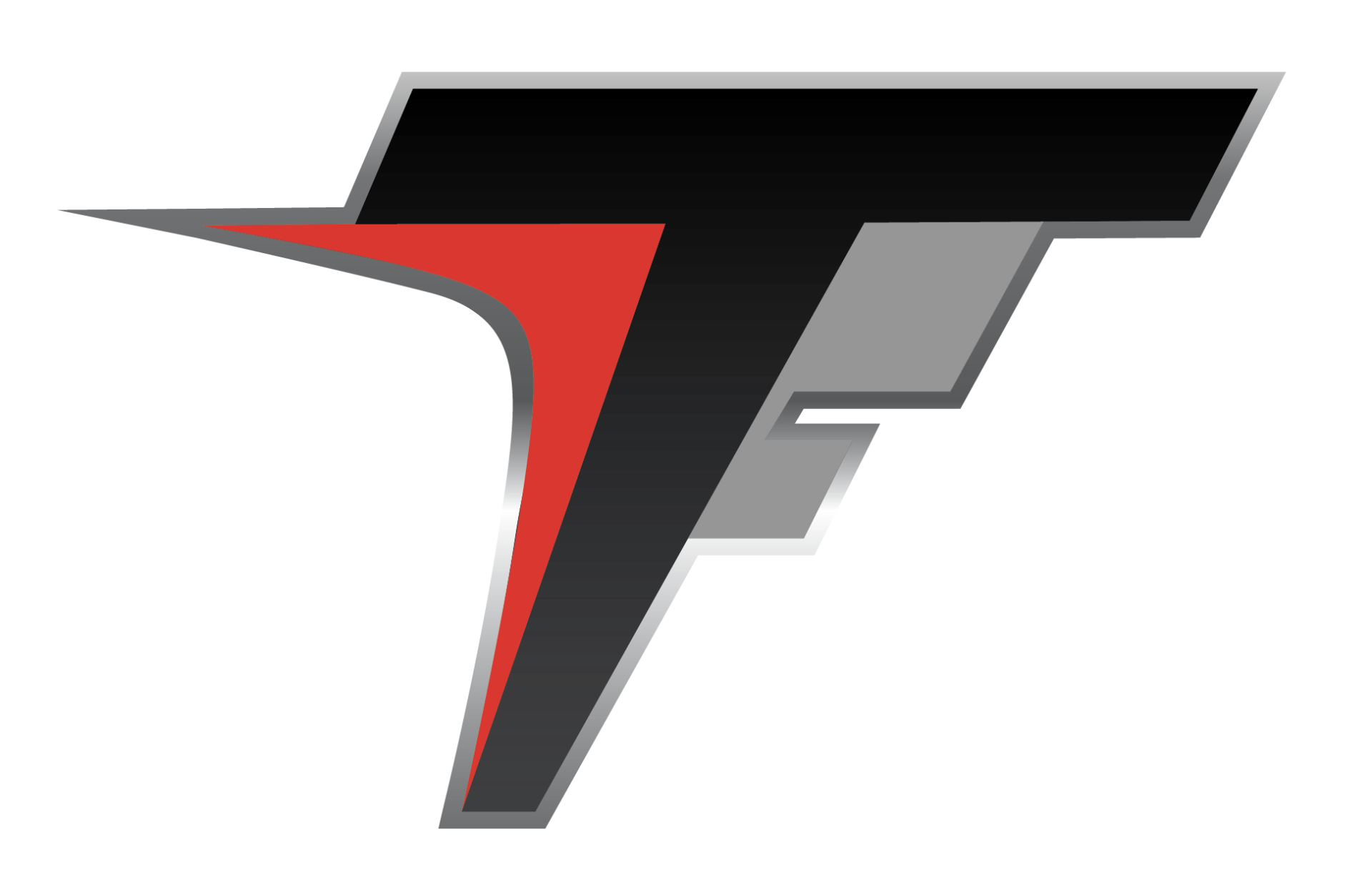Restoring the Glory of Your Car: The Magic of Paint Correction Techniques
The Anatomy of Car Paintwork
A vehicle's paintwork is a delicate assembly of multiple layers, each with its unique function. Car paintwork, is a layered masterpiece that provides more than just aesthetic value to your vehicle.
At the base, there's the Primer layer, acting as a foundation that allows the subsequent layers to adhere better to the car's body.
The next is the Base Coat; this is where your vehicle gets its color.
Finally, the Clear coat, a transparent protective layer that lends your car its gloss and protects the Base Coat from environmental damage.
Understanding these layers is essential for paint correction, as they contribute significantly to the vehicle's aesthetics and value.
Recognizing the Culprits: Paint Defects
Recognizing and understanding different paint defects is the first step toward successful paint correction. Identifying various forms of damage like swirl marks, scratches, oxidation, and etching helps you choose the right correction technique. As a result, you can efficiently address each specific problem, providing an enhanced, more durable paint finish.
The Power of Paint Correction Techniques
Clay Bar Treatment: Unleashing the Power of Detailing
Imagine you've just returned from a trip to the beach, and your car is covered in fine sand particles and salt that regular washing cannot remove. Using a clay bar can effectively lift off these contaminants, restoring the smoothness and shine of your car's paint.
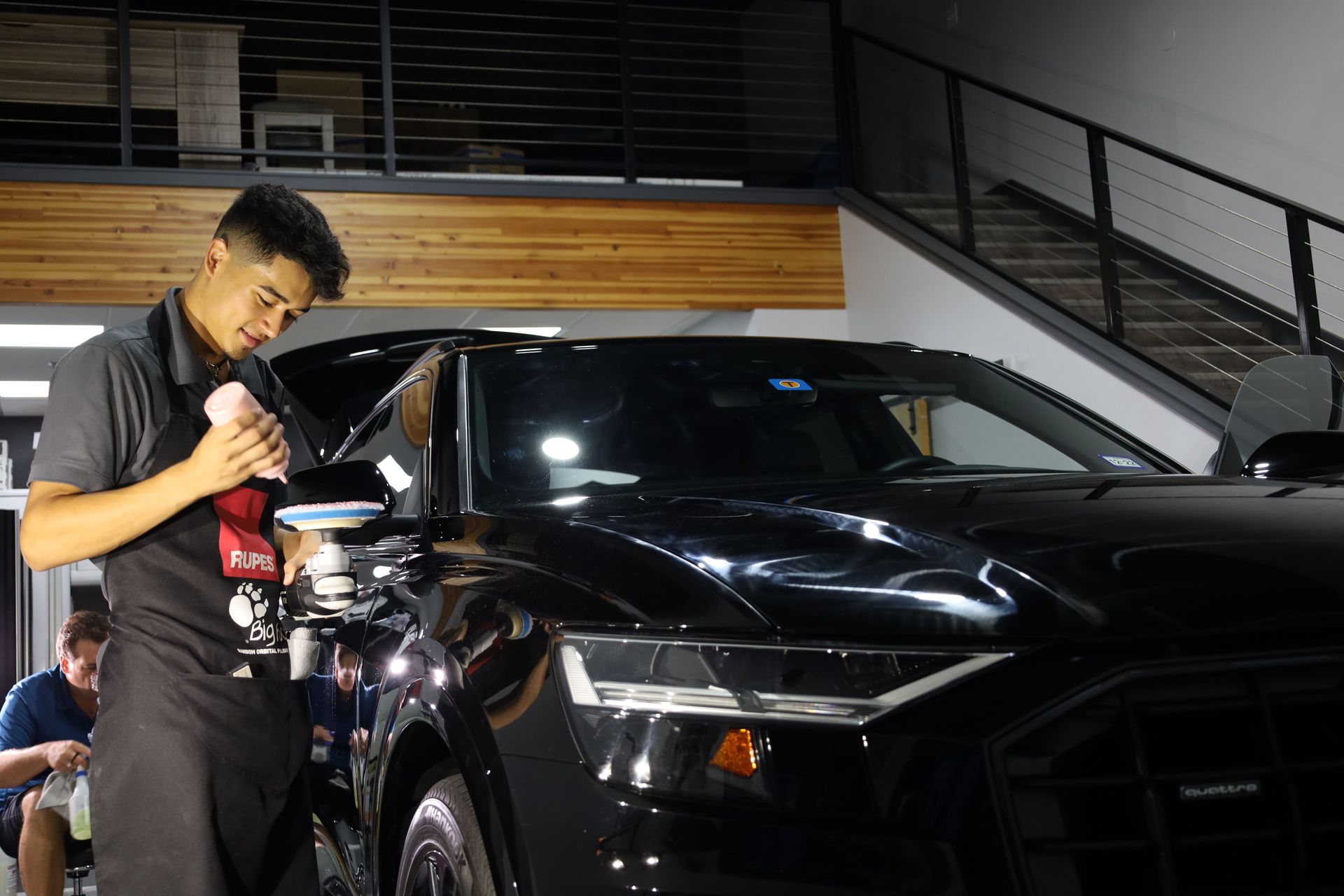
Clay bar treatment, a well-known detailing practice, is an effective solution to remove contaminants from your car's paint and restore its original luster. This not only enhances your vehicle's aesthetics but also improves the durability of your car's paint. A clean, smooth surface prepares your car for further treatments and maximizes the results from subsequent waxing or polishing.
Compounding: Diving Deeper into Paint Restoration
Let's say a shopping cart scraped against your car, leaving a visible scratch on the clear coat. With the use of a compounding agent, you can level out this scratch, smoothing the paint surface and making the blemish invisible.
Compounding is a process that removes scratches from the car's paint. By using a compounding agent, we remove a portion of the clear coat, fixing deep scratches unattainable with simple polishing or waxing.
Importantly, reapplying the clear coat after compounding is a must. The clear coat not only enhance the car's aesthetic appeal, but also serves as a protective layer against UV rays, pollutants, and minor scratches.
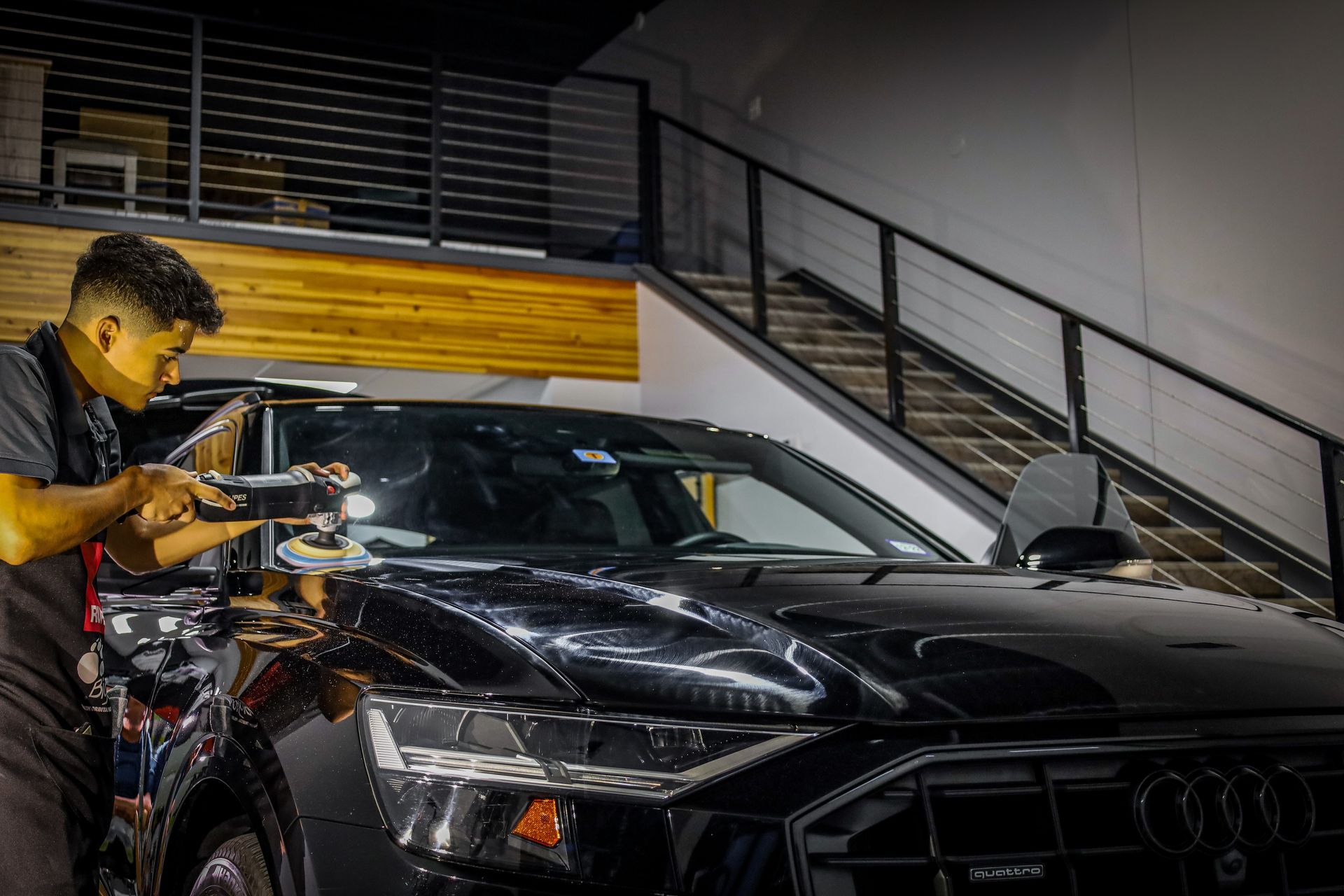
Polishing: Turning Your Car into a Glossy Wonder
After a car wash, you notice slight swirl marks caused by the brush used. A car polish can level out these minor imperfections, improving the gloss of the paint and giving your car a shiny finish.
Car polishing is the strategic process of removing minor clear coat damage, such as scratches and swirl marks, by using a polishing liquid to flatten the clear coat, subsequently increasing its gloss-level. Car polishes, being mildly abrasive, have the capacity to level the clear coat, thereby eliminating light imperfections typically inflicted during the washing process by using sponges, brushes, or other aggressive techniques. The ultimate objective is to elevate the gloss level, leading to a shinier paint finish.
Wet Sanding: Precision at Its Best
Wet sanding, aptly named for its use of water or another lubricating liquid, is a sanding process that stands as a paragon of refinement in your vehicle paint correction. Consider you've got a minor scratch, maybe from a tree branch brushing against your vehicle. By using a careful wet sanding process, this scratch can be buffed out to restore a perfect gloss.
Wet Sanding primarily serves to wash away grit particles that could mar the perfection we aim for in paintwork. It is a precision-based technique, polishes out minor scratches, leaving a flawlessly glossy finish. It refines your vehicle's paint texture, resulting in an enhanced, brilliant shine that is long-lasting and sure to turn heads on the road.
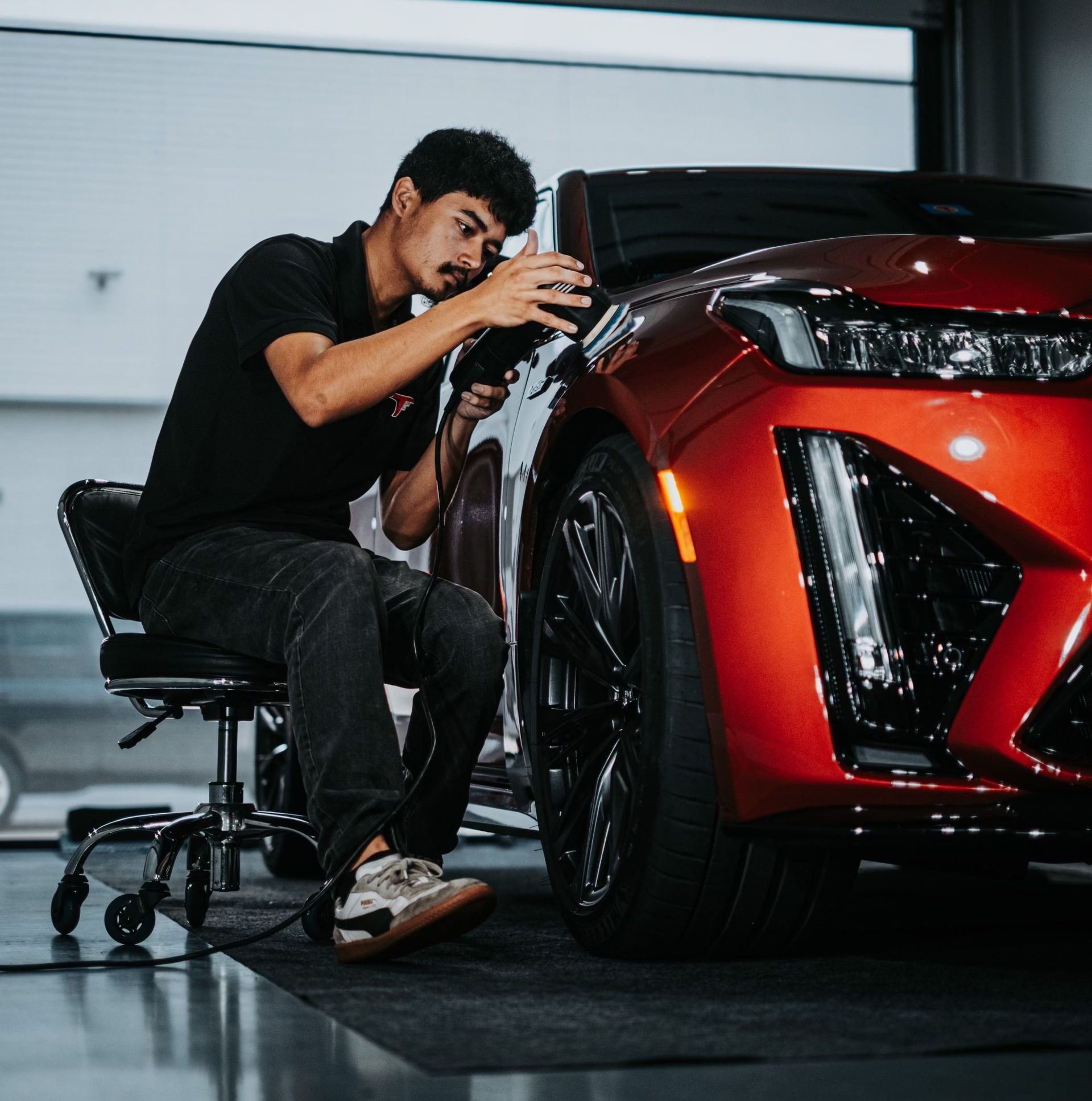
Benefits of Paint Correction Techniques
Incorporating paint correction techniques in your car maintenance routine offers several remarkable benefits, transforming your vehicle both in appearance and value.
⦁ Enhanced Aesthetics: From clay bar treatment to wet sanding, each technique enhances the look of your car by eliminating imperfections and providing a shinier and smoother finish.
⦁ Improved Durability: These techniques restore the paint's protective properties, making it resistant to environmental damage and extending its longevity.
⦁ Value Retention: A well-maintained car with a polished finish often retains or even increases its value, making it an appealing prospect for future buyers.
⦁ Long-lasting Results: Unlike temporary fixes, paint correction offers lasting results, ensuring your car continues to dazzle for a long time.
⦁ Protection against Future Damage: Car paint correction paves the way for a smooth, clean surface that's resistant to contaminants and less prone to new damage.
⦁ Enhanced Waxing and Polishing Results: With a smooth, contaminant-free surface, waxing and polishing results are amplified, giving your car that much-coveted, showroom shine.
⦁ Satisfaction: Whether done professionally or as a DIY project, the process of paint correction can be rewarding, instilling a sense of accomplishment and pride in your car's appearance.
Benefits of Paint Correction Techniques
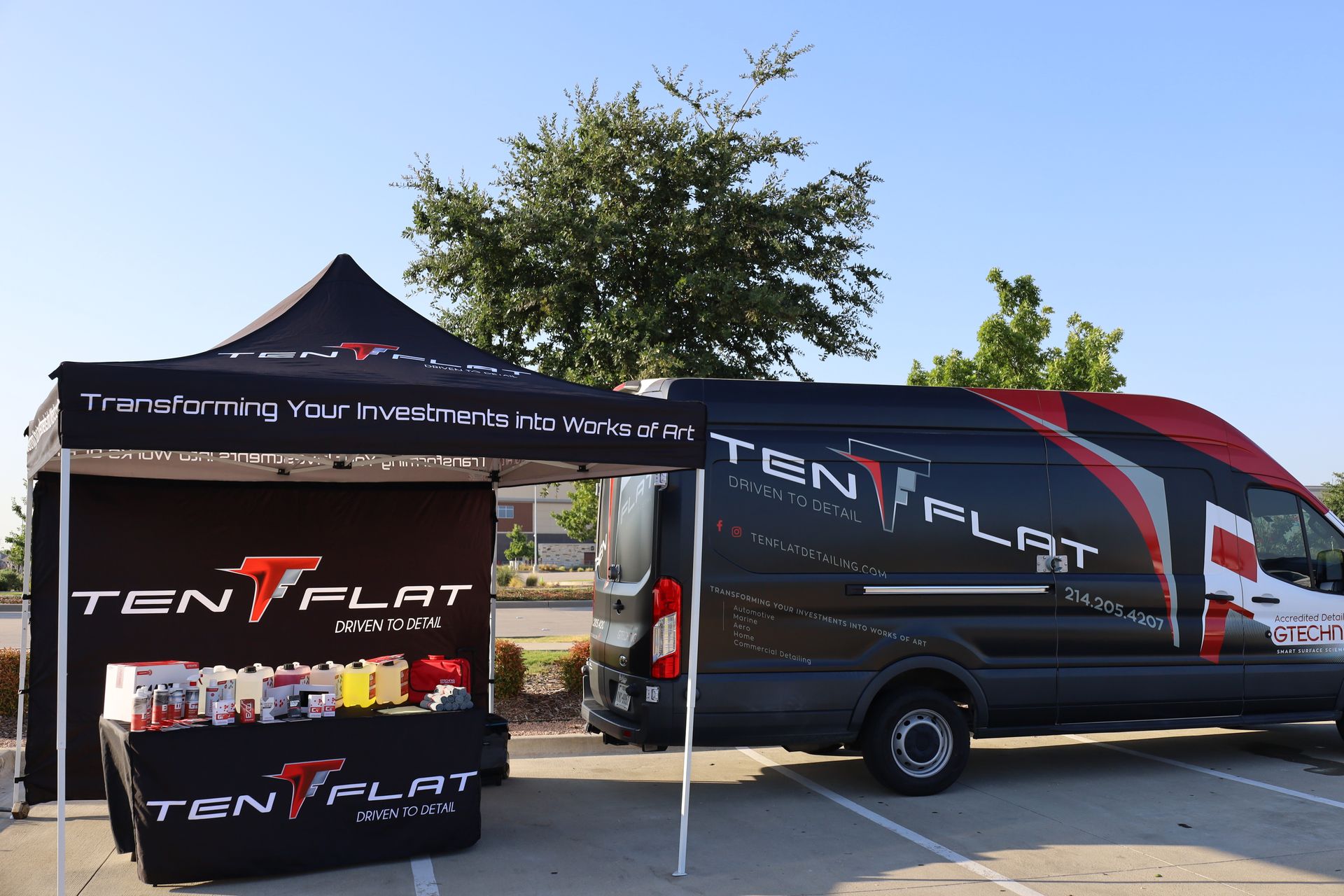
Aftercare is as important as the car paint correction process itself. Regular washing and waxing help maintain the polished look, and applying a paint sealant provides a protective barrier against future damage. This ensures that the time and effort put into paint correction is preserved for as long as possible, keeping your vehicle looking its best.
The Choice: DIY or Professional Services
Choosing between a DIY project or hiring a professional is dependent on the severity of the paint damage, your skill level, and the time you can commit. Both options offer unique benefits - a professional will ensure quality results, whereas DIY projects provide the satisfaction of personal involvement and can be more cost-effective.
Reviving Your Car's Radiance - Mastering the Magic of Paint Correction Techniques
Embracing paint correction techniques means preserving and enhancing your vehicle's aesthetic appeal and value. These techniques offer numerous benefits from aesthetics enhancement, durability improvement, value retention, to protection against future damage. By understanding and utilizing these practices, your vehicle is sure to retain its vibrant beauty, promising to shine bright on the road.
Contact With Us For Your Luxury & Exotic Detailing Needs
All Rights Reserved | TEN FLAT | Website by Hyport Digital

